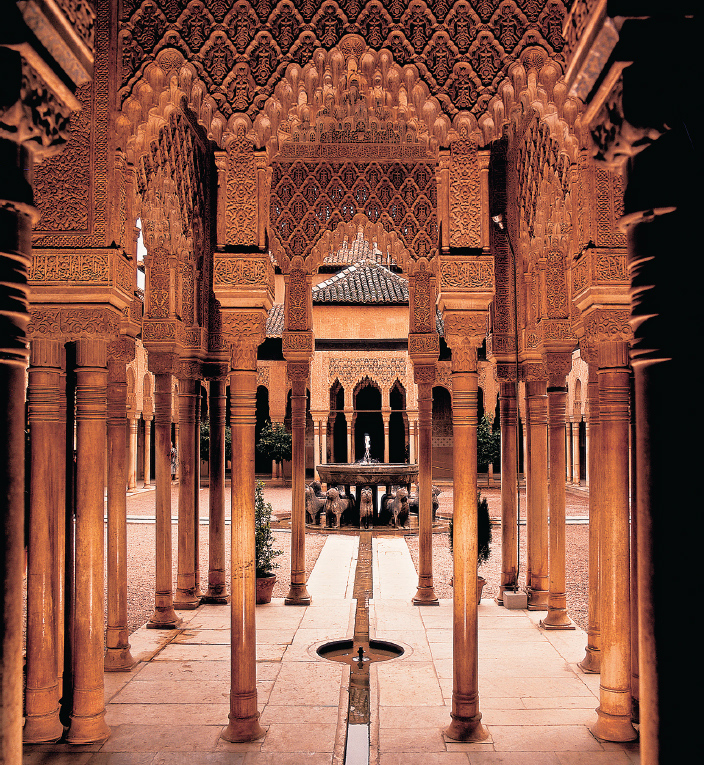How were the Muslim lands governed from 900 to 1400, and what new challenges did rulers face?

IIn theory, the caliph and his central administration governed the whole empire, but in practice, the many parts of the empire enjoyed considerable local independence. At the same time, the enormous distance between many provinces and the imperial capital made it difficult for the caliph to prevent provinces from breaking away. Consequently, regional dynasties emerged in much of the Islamic world, including Spain, Persia, Central Asia, northern India, and Egypt. None of these states repudiated Islam, but they did stop sending tax revenues to Baghdad. Moreover, states frequently fought costly wars against their neighbors in their attempts to expand. Sometimes these conflicts were worsened by Sunni-